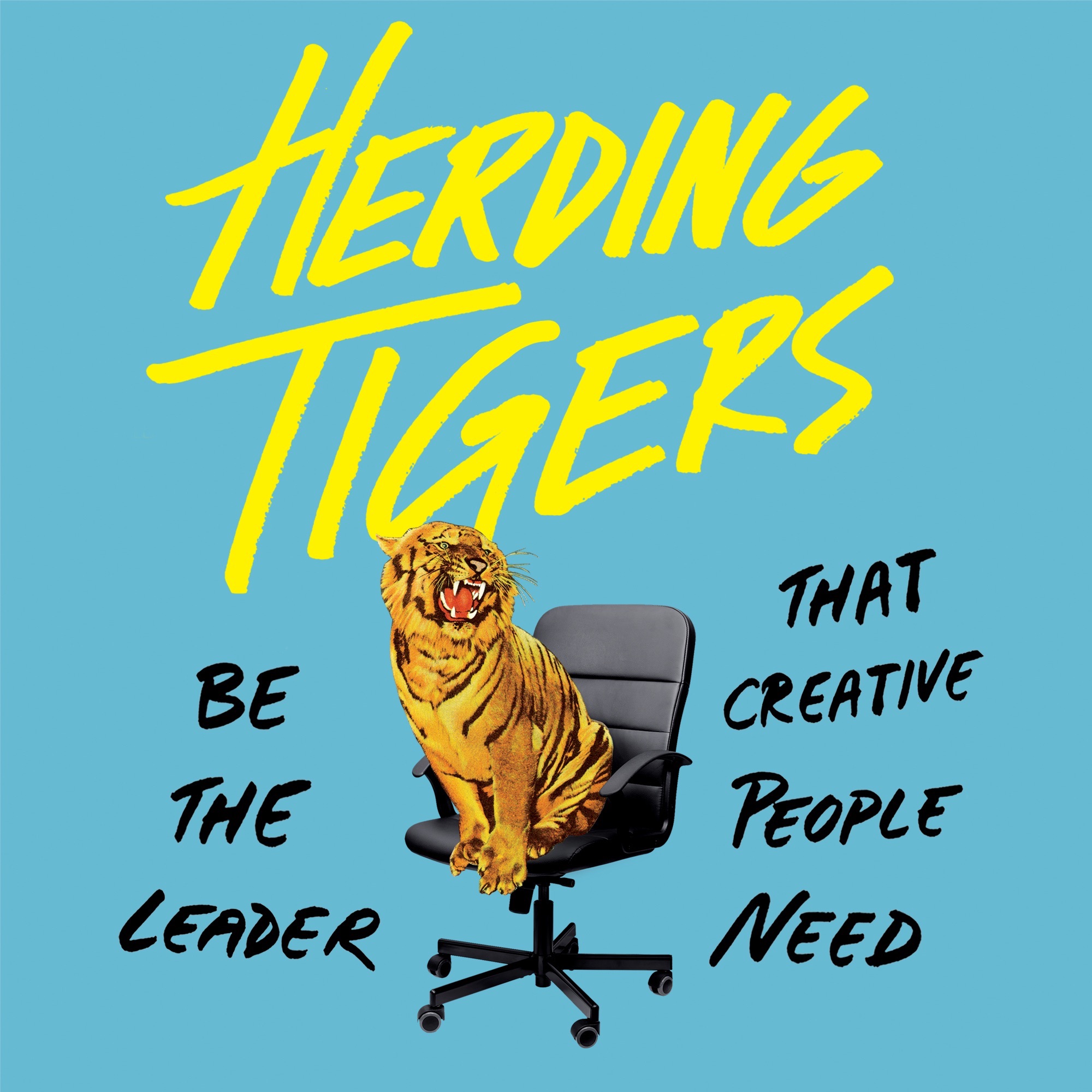5 Conversations To Have With Your Team
Description
There are five process-related conversations that can help your team maintain better focus, dispel fear, and manage expectations. In this episode, I share the five conversations and how to implement them effectively.
First a few ground-rules. Do not steamroll your team with these and if you're a team member, don't barge into your manager's office demanding to have these conversations. This is about relationship and relationship is about empathy, trust and commitment. If we're going to have these conversations, we must be committed to the results, even if they're not what we wish for. We have to be willing to hear the truth and act on it even when we dislike it.
One more quick ground rule. You need to be having these conversations both on a team level and an individual level with your team members. Some team members might not feel comfortable expressing themselves in a larger group, but they might have insights that can help you engage in a more healthy way if you give them space to talk. You need to formalize your conversations. In the words of management guru Peter Drucker, "what gets measured gets done." You need to have a system for these conversations and not just wait for the opportune time to occur. It never will.
1. The Clarity Conversation
This conversation is all about bringing alignment and combatting dissonance with our teams. It's about making sure that what we SAY we're about is what we're actually about. It's about making sure that we understand the objectives of our projects, our teams and our organization's reason for being.
– Do what/why add up? In other words, is what we SAY we're about what we're actually doing? One way to ask this question is "is there anything we're doing right now that seems out of character for us?" Step back and allow the conversation to ensue. Don't get defensive and don't feel the need to argue. This is not about being right, it's about discerning and identifying problems within the team.
- Do you understand the objectives? Are they clear? Is there anything you're unclear about? Sometimes people won't speak up because they assume that everyone else gets it and they're the only idiot. This kind of isolation is a lie and it countermands creative effectiveness. The more we discuss the objectives until everyone is crystal clear, the better off we'll be.
Clarity is critical to healthy team creating. The more clear we are about the problems we're trying to solve, the more effective we will be in that creating. But the less clear we are about aligning the why and the what, the more our process will dissolve into chaos.
2. The Expectations Conversation
This very simple conversation is designed to neutralize the victim mindset. By calling out and allowing conversations about expectations we can be certain that we're not allowing confusion to grow, which can lead to finger-pointing and self-protection rather than generosity and trust.
– Do you know what’s expected of you? Get the artist to express their understanding of expectations directly and simply.
– What do you expect from me and am I falling short? Again, don't be defensive and try to defend yourself. If the stated expectations are unrealistic, have that conversation, but it's important that you realize that your role is to serve, not to be right.
3. The Fear Conversation
This is the most nebulous of the conversations and is one of the more difficult to get people to open up to, but it can be one of the most powerful if we have the guts to engage in it. This is all about shining light into dark, unspoken places and neutralizing emerging fear.
– What are you afraid might happen and why? In other words, what makes you "gun shy" in your creating?
– Do you feel free to take risks? If so, why? What environmental cues are leading you to that?
4. The Engagement Conversation...
More Episodes
Published 05/24/22
On this episode, we do a quick habit check-up to ensure that you're protecting your viability as a leader. The old saying says "As goes the leader, so goes the team." To be effective, you need to model not only work ethic and character, but also what it looks like to be a healthy creative pro. We...
Published 05/13/22
There are ghosts haunting the halls of your organization. They are invisible assumptions, false and limiting narratives, and other types of "rules" that limit the kinds of ideas your team members will introduce, who will collaborate with whom, and how your team functions.
In this episode, we...
Published 05/05/22


